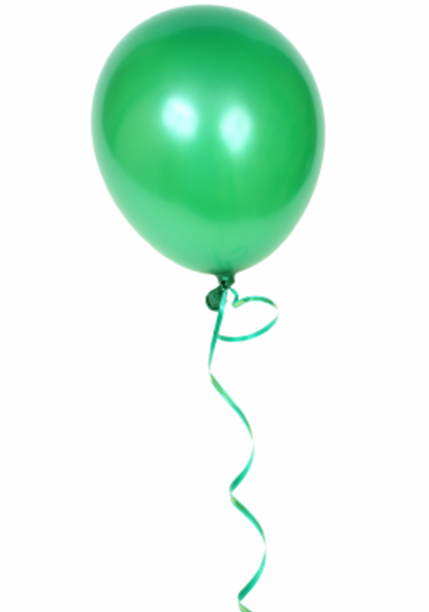Stress Relief Activities
Posted on 20th February 2020 at 17:00
Author: Julie Wales, Cheltenham, 20 February 2020
I help people with a variety of issues, from child disability, coping with a caring role, stress, anxiety, low confidence, relationship issues and more.
As it is currently difficult to meet in person, I also offer Zoom and WhatsApp video calls for people needing counselling support for anxiety, depression, stress and anything that is affecting your daily life.

Mindful Breathing
The primary goal of mindful breathing is simply a calm, nonjudging awareness, allowing thoughts and feelings to come and go without getting caught up in them.
Here are some tips on how to achieve mindfulness...
Sit comfortably, with your eyes closed and your spine reasonably straight.
Bring your attention to your breathing.
Imagine that you have a balloon in your tummy. Every time you breathe in, the balloon inflates. Each time you breathe out, the balloon deflates. Notice the sensations in your abdomen as the balloon inflates and deflates. Your abdomen rising with the in-breath and falling with the out-breath.
Thoughts will come into your mind, and that’s okay, because that’s just what the human mind does. Simply notice those thoughts, then bring your attention back to your breathing.
Likewise, you can notice sounds, physical feelings, and emotions, and again, just bring your attention back to your breathing.
You don’t have to follow those thoughts or feelings, don’t judge yourself for having them, or analyse them in any way. It’s okay for the thoughts to be there. Just notice those thoughts, and let them drift on by, bringing your attention back to your breathing.
Whenever you notice that your attention has drifted off and is becoming caught up in thoughts or feelings, simply note that the attention has drifted, and then gently bring the attention back to your breathing.
It's okay and natural for thoughts to enter your awareness, and for your attention to follow them. No matter how many times this happens, just keep bringing your attention back to your breathing.
For more information on Mindfulness, click HERE*.
* © Carol Vivyan 2009, permission to use for therapy purposes.

Share this post:






